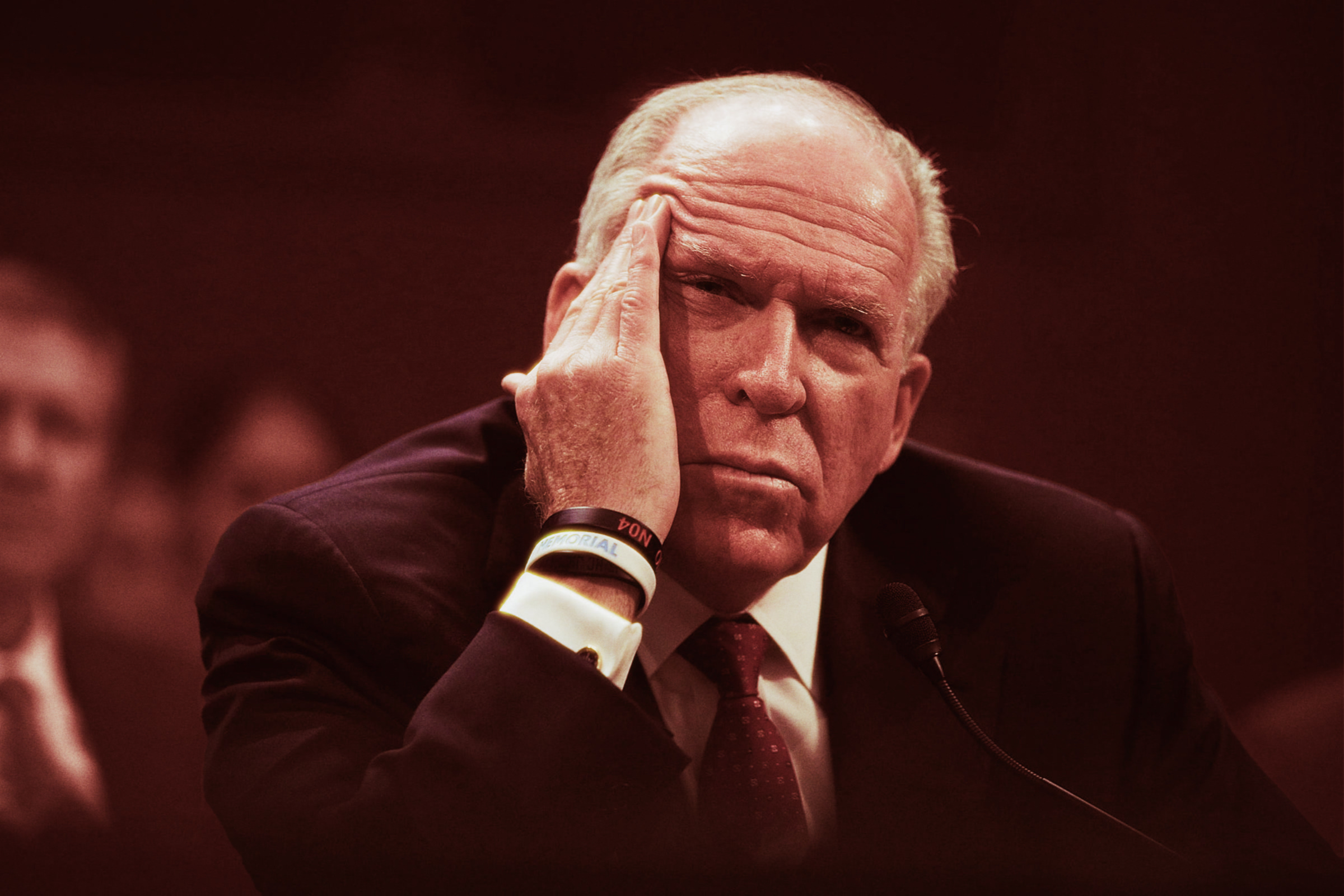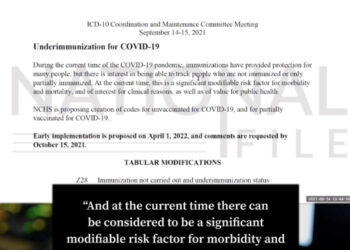Last Updated on June 28, 2022
U.S. military and defense officials announced that every branch of the military is struggling to reach its 2022 fiscal year recruiting goals.
Because of this drop in recruiting, the military has started the process of lowering its recruiting standards.
“This is the start of a long drought for military recruiting,” said Ret. Lt. Gen. Thomas Spoehr of the Heritage Foundation
The Defense Department reportedly issued a survey to young Americans to gauge their interest in the military and only 9% responded with interest in serving in the military. Roughly 57% of Americans who answered the survey believe they would suffer emotional or psychological problems after serving.
In 2021, the Ronald Reagan Presidential Foundation and Institute conducted a survey that found only 45% of Americans had a great deal of trust and confidence in the American military complex. This result was 25% from 2018.
Last week, the Army issued new policies, lessening recruiting standards in an attempt to seemingly boost recruiting numbers. Army Secretary Christine Wormuth announced new policies which allow recruits to have small tattoos on their hands, ears, and necks.
They also removed its mandate for recruits to have a high school diploma or GED certificate to enlist. Americans can enlist without the previously required education standards if they ship off to basic training before October 1st, the end of this fiscal year.
The recruiting dip comes as the U.S. military has significantly increased its presence in Europe in the past four months. At the start of the Russia-Ukraine conflict, only 70,000 troops were stationed in Europe. However, last week, North Atlantic Treaty Organization (NATO) Secretary-General Jens Stoltenberg said the U.S. “increased the number of U.S. troops in Europe from roughly 70,000 to more than 100,000 over these last months.”
In late May, the U.S. State Department expressed plans to maintain that number because of Vladimir Putin.
“Before that invasion, we were clear that we would do a few things if [Russian President Vladimir Putin’s] aggression went ahead,” U.S. State Department spokesman Ned Price said. “We made clear that we would provide unprecedented levels of security assistance to support our Ukrainian partners so that they could effectively defend their freedom, defend their democracy, defend their country from what was then the potential of Russian aggression. We made clear that we would impose severe consequences on the Russian economy, on the Russian financial system.
“We also said that we would reinforce and take steps to reassure the Alliance, the member states of the Alliance, and particularly those on the eastern flank of the NATO Alliance, and that’s what we’ve done,” Price added. “We have – there are now some 100,000 U.S. service members on the European continent. That number has risen in recent weeks precisely because we are fulfilling the pledge that we made prior to Russian – prior to Russia’s invasion.”
Stay tuned to National File for any updates.





















